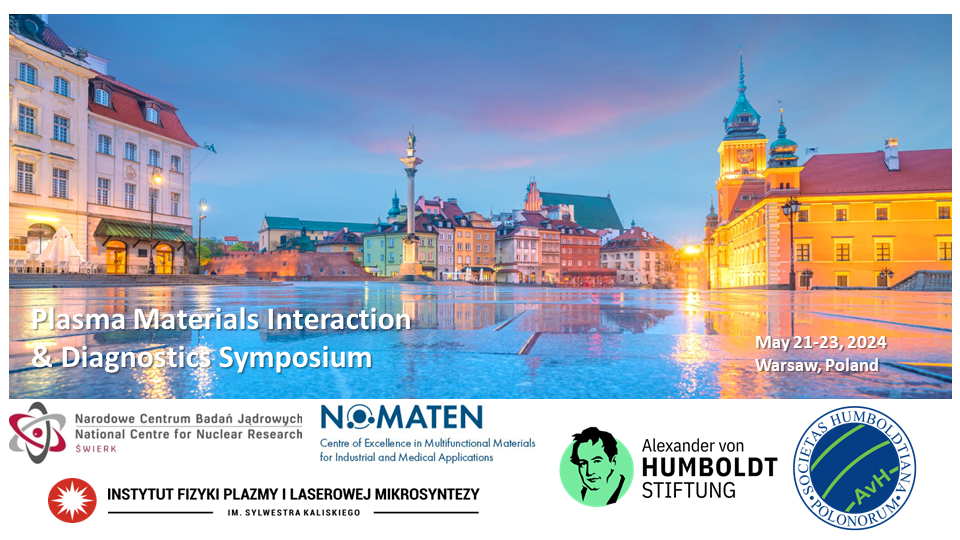Speaker
Description
The purpose of neutron diagnostics used in fusion plasma research is to provide information about the behavior of the plasma. One such neutron diagnostics is, for example, neutron energy spectrometry. By measuring the neutron energy spectrum, it is possible to determine not only the ionic temperature for a plasma in thermal equilibrium but also plasma parameters such as: plasma rotation, fuel ion ratio nT/nD [1] as well as the intensities of various neutron spectrum components because of plasma heating and the fuel ion distribution in the plasma [2].
Neutron spectrometers were used to measure both pure deuterium plasma and deuterium-tritium plasma. The most common type of neutron spectrometer uses the time-of-flight (ToF) or thin film proton recoil (TPR) technique. These spectrometric techniques have been used, for example, on the Joint European Torus (JET). Experiences from JET have been used in the design of the high-resolution neutron spectrometer (HRNS) proposed for ITER. The HRNS proposed for ITER will use four different spectrometric techniques, including a TPR spectrometer equipped with segmented silicon detectors. Recently, the state of the HRNS system dedicated to ITER has been shown in [3].
The disadvantage of this solution may be the poor radiation resistance of silicon detectors. Taking the above into account, it can be worth developing and testing a new, compact neutron spectrometer system, which, meeting the ITER measurement requirements, could be used in the HRNS. Such a spectrometer can be designed based on a Gas Electron Multiplier (GEM) type detector.
The conceptual design and operational principle of a novel TPR neutron spectrometer based on GEM, intended for future spectrometry applications dedicated to fusion plasmas, is described.
[1] G. Ericsson et al. (2010) Rev. Sci. Instrum. 81, 10D324.
[2] C. Hellesen et al. (2010) Nucl. Fusion 50, 022001.
[3] M. Scholz et al. (2019) Nucl. Fusion 59, 065001

